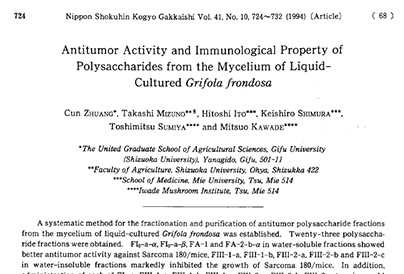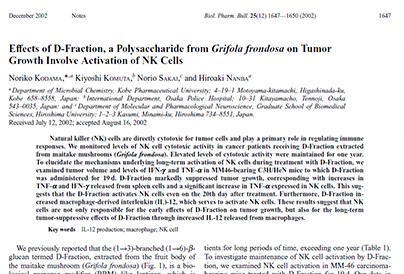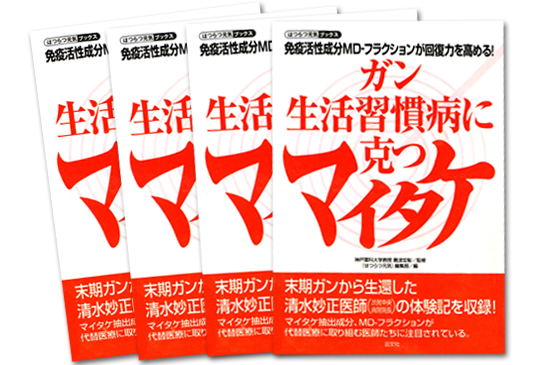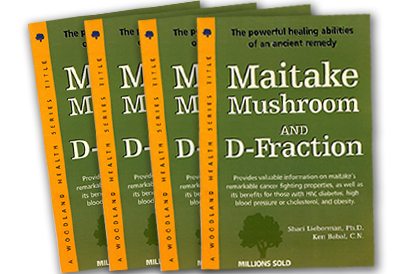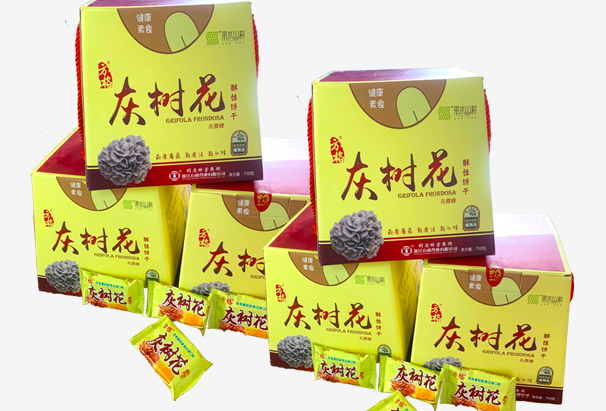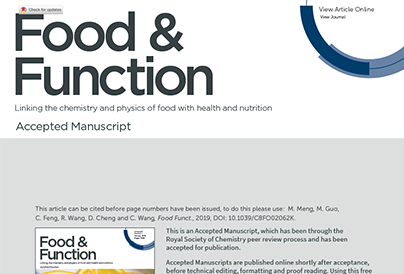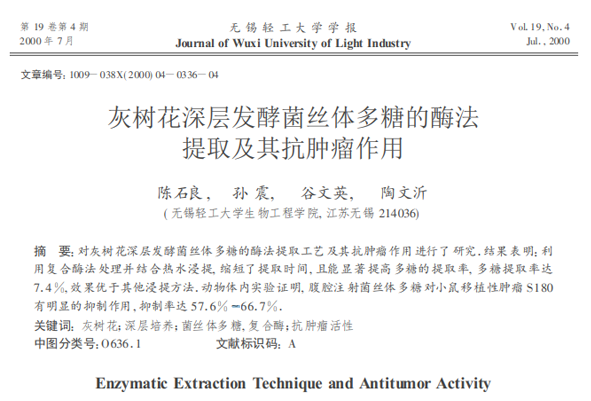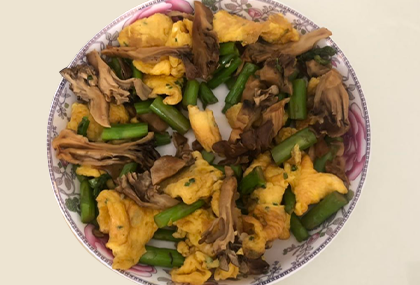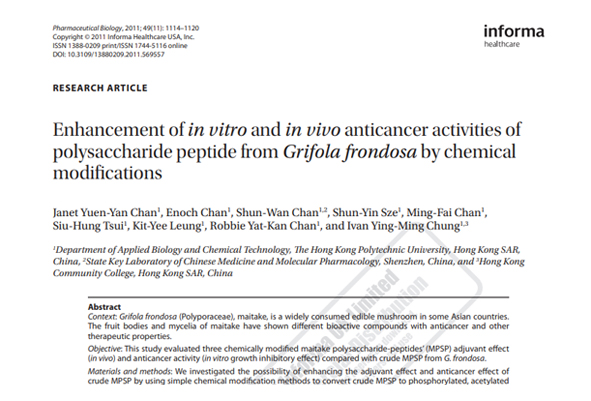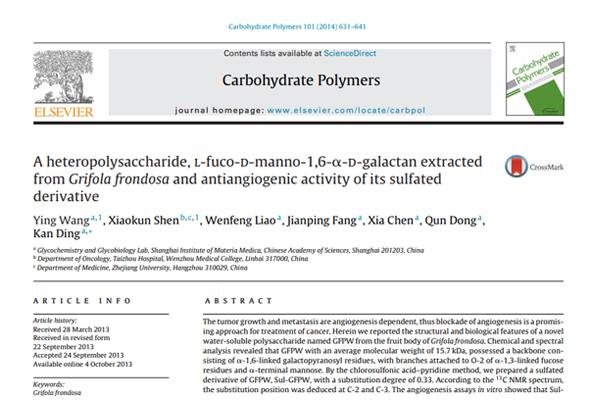1、 Pain
On the basis of who's "three steps", China proposes the "four steps" principle for the treatment of tumor pain. The first step is non opioid analgesics, the second step is weak opioids, the third step is strong opioids, and the fourth step is nerve block, epidural / intrathecal analgesia, patient-controlled analgesia, etc.
The choice of different schemes depends on the degree of pain. Generally speaking, if the low-level ladder can achieve satisfactory results, low-level analgesia is preferred.
However, low dose morphine is better than codeine for moderate cancer pain, so weak opioids may not be used first. In addition, tramadol in the second ladder and morphine in the third ladder control moderate pain. There is no significant difference in adverse reactions between the two, so the third ladder can be used directly.
Some studies have also shown that patients can benefit from the early initiation of the four steps, because when the three-step treatment represented by morphine loses its satisfactory effect, the pain has developed to a very serious degree, which may not be beneficial to patients.
DOI: 10.3760/cma.j.cn101658-20200917-00216.
2、 Constipation
Constipation is one of the common symptoms of cancer patients, which is manifested by reduced frequency of defecation, dry stool and / or difficulty in defecation. Defecation frequency reduction refers to defecation less than 3 times per week.
These patients can use the following laxatives: Lubricating laxatives: commonly used are honey, glycerin, mineral oil, etc., which can soften the stool, reduce the surface tension of the stool, and improve the symptoms of constipation. Volume laxatives: including glucoside glycan, methyl cellulose, polycarbofel calcium, etc. can also be used, mainly for patients with mild constipation, but not for patients with dysphagia, because the intake of water is limited, taking them will aggravate the symptoms. Osmotic laxatives: including mannitol, sorbitol, polyethylene glycol, etc., can also be used for patients with mild and moderate constipation. Lactulose is a disaccharide that does not absorb and is suitable for chronic constipation; Salt laxatives take effect quickly and are suitable for acute constipation. Irritant laxatives: including bisacodine, phenolphthalein, anthraquinone, etc., which can be used intermittently for a short time. This kind of laxative takes effect quickly and is suitable for acute constipation. However, long-term large-dose use may damage the nerve plexus cells of the intestinal wall and aggravate constipation.
3、 Fever
The causes of fever in tumor patients are complex, which may be infectious or caused by the tumor itself. For heat generation below 39 ℃, the focus is to maintain the balance of water and electrolyte without excessive attention to cooling.
For fever caused by infection, changes in blood routine will generally occur, and broad-spectrum antibiotics such as ceftriaxone or whitening treatment can be used according to experience. Keep samples for drug sensitivity test in time, and adjust antibiotics according to the results.
If the fever is caused by the tumor itself, the fever is usually not too high. At this time, antipyretic and analgesic drugs can be used for symptomatic treatment and anti-tumor treatment can be carried out as soon as possible.
It should be noted that in general, when the cause is unknown, the use of hormones to control body temperature is not recommended, and the application of anti infective drugs should not be used as a means of routine diagnostic treatment. The most important thing is to find out the cause of fever as soon as possible.
4、 Upper gastrointestinal symptoms
The common upper digestive symptoms include nausea and vomiting. For patients with such symptoms, antiemetic drugs such as metoclopramide can be used to relieve them. At ordinary times, pay attention to the diet not to be too greasy and not too full.
Chemotherapy may also cause vomiting symptoms, and drugs such as arepitan and tropisetron can be considered to stop vomiting. Dexamethasone 10-20 mg was given half an hour before chemotherapy. Dexamethasone also has a good effect on chemotherapy-related delayed vomiting.
5、 Lower gastrointestinal symptoms
Some tumors may cause lower gastrointestinal symptoms of patients, such as diarrhea and bloody stool. Some chemotherapy drugs such as fluorouracil and irinotecan also cause diarrhea.
In particular, attention should be paid to maintaining water and electrolyte balance in diarrhea. Oral rehydration is suitable for patients with mild diarrhea. Diluted juice and electrolyte drinks can meet the needs of patients with mild diarrhea for water, electrolyte and glucose. For diarrhea patients with dehydration symptoms, intravenous rehydration should be the first choice. Montmorillonite powder and other drugs can be used for symptomatic treatment of mild diarrhea.
Loperamide can be used for the treatment of chemotherapy-induced diarrhea. If there is no diarrhea for 12 consecutive hours after the treatment, the drug can be stopped. Loperamide should not be used for more than 48 hours, and the maximum daily dose should not exceed 16 mg. Octreotide can be used in patients with poor efficacy of loperamide, and the recommended starting dose is 100-150 μ G / time, 3 times / d. If severe diarrhea or even life-threatening occurs after chemotherapy, uridine triacetate can be considered as a specific antidote for fluorouracil.
Patients with hematochezia need to pay attention to whether there is anemia or thrombocytopenia, and iron and vitamin C can be supplemented appropriately. Hematochezia is mostly caused by gastrointestinal tumors. Effective treatment of the primary focus can significantly alleviate or eradicate the symptoms of hematochezia.
6、 Loss of appetite and weight loss
Cancer patients often suffer from anorexia and weight loss. If not timely intervention, it may lead to cachexia and affect the drug effect and surgical effect.
The application of drugs to stimulate appetite is an effective means to improve nutritional status. Progestin drugs such as megestrone and thalidomide can be combined to treat anorexia. Glucocorticoids, growth hormone releasing peptides and cannabinoids can also stimulate appetite.
It is worth mentioning that the recommended course of treatment for patients with cachexia who use glucocorticoids is not more than 2 weeks, and growth hormone releasing peptide may cause hyperglycemia, which needs attention.
For patients with advanced cachexia, enteral / parenteral nutrition may be considered. Oral nutritional supplements can be used as supplements to daily meals. Commonly used oral nutritional supplements include fish oil, branched chain amino acids, whey protein, etc.
7、 Sleep disorder
The incidence of sleep disturbance in tumor patients is 26% - 57%. The treatment of sleep disorders is divided into drug therapy and non drug therapy. The commonly used drugs for drug treatment, such as Sinorama and zopiclone, need to be selected according to the patient's situation.
Non drug therapy such as cognitive behavioral therapy and mindfulness therapy. Cognitive behavioral therapy has important significance in improving sleep efficiency, sleep time, wake-up time and the severity of insomnia symptoms. Mindfulness therapy may play a role by improving complications such as depression, anxiety and pain.
Reference:
1. Deng shuozeng, et al Four steps of analgesia and optimal management of cancer pain Chinese Journal of pain, 2021, 17 (5): 459-461
2. Yan Xinwen, et al Chemotherapy related diarrhea Modern digestion and interventional diagnosis and treatment 2021, 26(04): 508-513.
Source:
https://www.medsci.cn/article/show_article.do?id=10c9e35481e1


